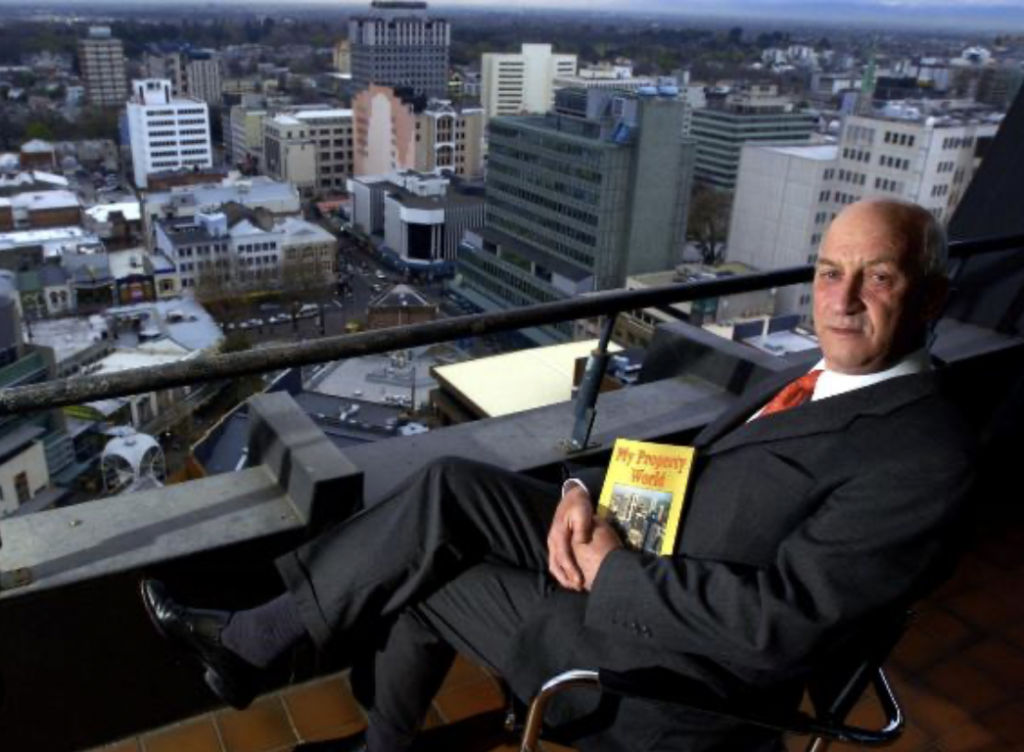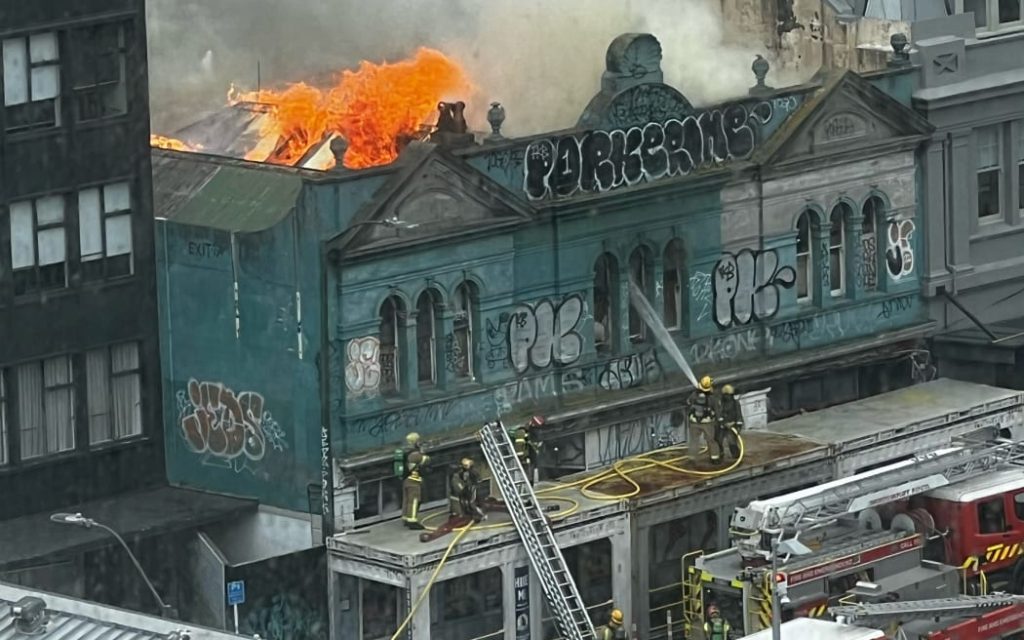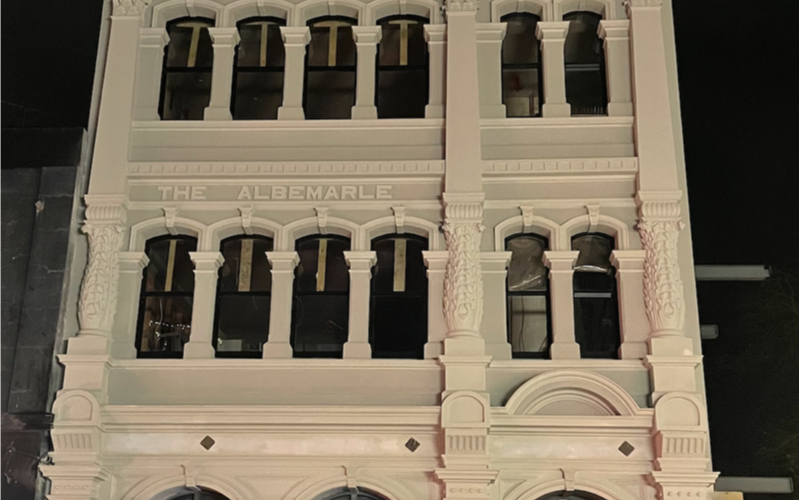It is absolutely fantastic that Minister Chris Penk (and others? Bish?) have listened to the people and proposed to do something about the terrible mess we have got ourselves in, in central Aotearoa. I’m sure you all know the back story – we’ve had the whole country quoting numbers that not many people really understand, such as “my house is only 30% of NBS” and “earthquake prone because we are under 67% NBS”. Further complicated by issues like the fabled Red Book and the infamous Yellow Chapter, of which the two did not agree with each other – difficult to find one exact number when there are two completely different ways of getting to the magic number. Sort of like, oooh, i dunno, asking for directions to the corner pub and getting two conflicting answers: “Thursday” and “Bi-polar”. No wonder we all went a bit mad.

But my new favourite Minister, a real pocket submariner, Mr Penk has come up with a solution that will satisfy just about everyone – scrap the whole silly system for most of NZ and make it only apply to a far more restricted set of buildings. You may be surprised to find this out, but which city do you think had the biggest stock of buildings that were EQ Prone and needed to be fixed? Guesses anyone? Wellington? No. Christchurch? No, all theirs have already fallen down. Wanganui? No, and Whanganui never even started to do theirs up – the whole town just said “tough, we can’t afford that, so we will do nothing.” So what is the city with the mostest then?

“Today, I am announcing a change to a fairer, risk-based system that will bring enormous relief by lowering costs for building owners, while keeping Kiwis safe. The Government is removing the New Building Standard (NBS) ratings currently used by engineers to determine whether a property is earthquake-prone. The NBS rates how an existing building is expected to perform in an earthquake compared to a new building and has proven too broad and inconsistent. A building’s overall risk status is determined by its weakest part, meaning even a small defect can result in an entire building being classified as earthquake-prone. The new earthquake-prone building (EPB) system will capture only buildings that pose a genuine risk to human life in medium and high seismic zones.”
Give up yet?
“This category includes concrete buildings three storeys or higher, and those constructed with unreinforced masonry. Auckland, Northland and the Chatham Islands will be removed from the regime entirely to reflect the low seismic risk in those areas. Unreinforced masonry buildings under three storeys in small and rural towns will no longer require remediation or warning notices, but owners must secure the façade before the building can be removed from the earthquake-prone register. This change recognises that the risk of a façade falling on a pedestrian is simply lower in communities with fewer than 10,000 residents than it is in larger urban centres, because there are fewer people on the streets. For buildings that still require some remediation, the Government is removing the rule that owners must upgrade fire safety and disability access at the same time as earthquake strengthening.”

Well, surprise surprise, it is Auckland. Two days ago there were thousands of buildings that officially needed to be attended to one day – now, today, with a stroke of the Ministers pen, not. single building in Auckland is EQP any more. Removed off the list entirely.
And Wellington, oh darling sodden broken Wellington, what of you and your residents? And their blasted buildings? What are we to do?
Well, apparently, we too have had a reprieve and lots of ours are off the list as well. HOORAY !! Of course, for many of us who have already paid the bill for the strengthening, there is a strong feeling of money down the drain, but also relief that we no longer need to pour money down that particular bunghole, but the crunch point has still to come: What will the insurance companies do?
Currently they charge like ye old proverbial wounded bull, but after today, will they relax their onerous tax on our homes?





Thanks Nemo.
Three quick points:
1 – this is intended to be a sensible, pragmatic way of linking risk to response and cost of response – the point has regularly been made that the cost of EQ strengthening to keep us safe is many times higher than the costs of saving lives through other interventions such as road safety, health etc.
2 – you ask about insurance companies. I’ve long heard that the existing (outgoing) NBS related arrangements are more about life safety than preventing building damage, so it may not make a lot of difference – I stand to be corrected on that. I do know that constructors of latest EQ tech buildings – base isolated and all – have had little benefit from all that investment in terms of the way insurers have treated them. They aren’t happy.
3 – Changes will require legislation so there will be an opportunity for submissions.
Kind regards
Andy
Thanks Andy – good to see you back here, and thanks for the comment. Rather disappointing to hear that the insurance industry are still being such dicks, but hey, they’re used to it, so why should they change? In our building we have been left with only one insurer, probably a similar situation to many in Wellington, and no one is prepared to put up cheaper alternatives so we are stuck with them. Impossible situation to legislate your way out of. I’m now paying $1000 per month for insurance. Apartment dwellers in Wellington are totally screwed unless the politicians can figure out a way to reduce insurance.
A bit tough on Whanganui, Old Bean. After all, a substantial chunk of $80 million has just been spent on gold-standard strengthening of the Sarjeant Gallery – on the heels of less lavish refurbs of the museum and war memorial buildings.
Yeah, although it might mean the WCC dodges a few bullets,-looking at you capital E-
Although they’ve already taken their lumps to the tune of nearly $600 million, – Town Hall, St James and the Central Library,
They are still likely on the hook for the Embassy, Opera House and MFC, but the fact they can get away without having to uprate everything else (fire and accessibility) might save them some $$
although I think Dunedin just got a new concern, there is heaps of URM down there…
Well yes, Whanganui has some cracking great architecture like the Sargeant and a couple of others, which are well worth a visit to I do agree. But then (and now I wish I had not used the word “cracking”) there are also a fair few unrepentant “old dungas” to use a phrase from the overinflated woodwork teacher himself. Given that Whangers is built on a mudbank at the edge of a river delta and has not a skerrick of really solid ground for miles, and given that the economy of the town runs on the scent of half an oily rag, and given that it is rated at almost the same EQ predictions as Wellingbone, then I think the city is a wee bit buggered in the case of a big Q coming. I know you love it Starkive, but it is a destitute husk really….
Greenwelly – I’ve been thinking about the examples you’ve mentioned. Old Town Hall, St James and the Opera House are all substantially brick buildings, and we all know now that URM are not safe. Bricks separate and buildings fail. But the Embassy is concrete I believe, as is the MFC, and neither of them possess the horrid hollow core slabs that threatened to reduce the Library to rubble.
I recall in year 2000 walking each morning past the Embassy as it was being strengthened with new shotcrete over existing side shear walls, so I refuse to believe that the building is in any danger from new quake standards.
And the MFC – nothing at all to worry about there. Precast concrete panels on the walls need new stronger brackets holding them to the roof panels – all simple stuff really. And with a less silly regime to satisfy, I have my fingers crossed for sanity to prevail.
It’s the classic Catch-22: too lax, and we get the CTV building collapse; too stringent, and it forces people to throw good money after bad. Never been a huge fan of the insurance sector, but they’re on the money with flood-prone coastal areas.
https://www.rnz.co.nz/news/national/575312/what-s-missing-from-new-earthquake-plans
Some good info – worth reading I think.